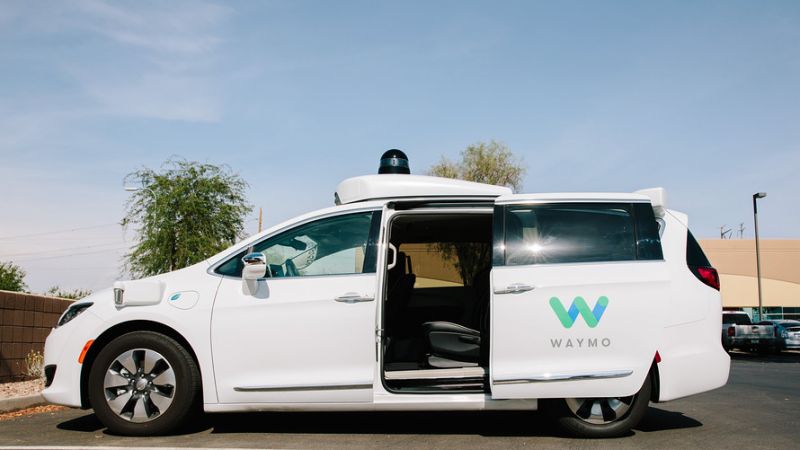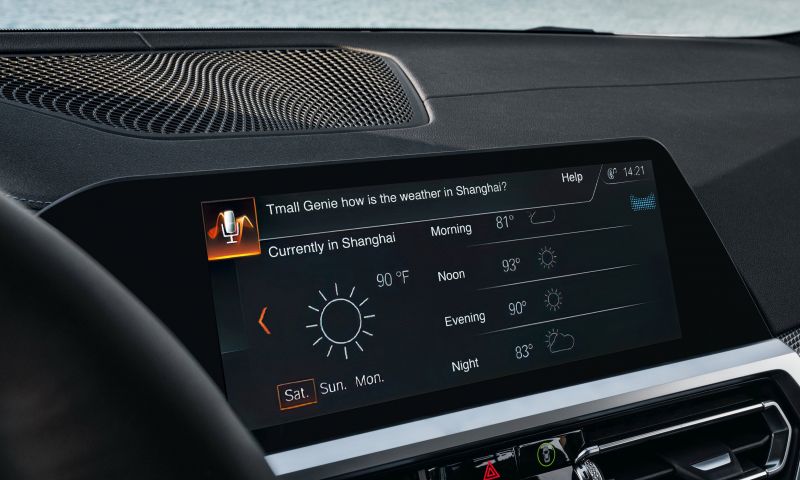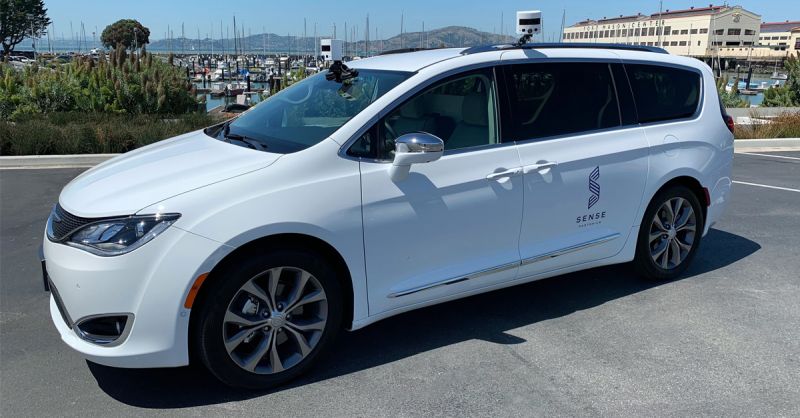Qualcomm White Paper Outlines Economic Impact of 5G in the Automotive Industry
【Summary】Compared to 4G, 5G offers ultra-low latency (up to five times lower), increased network coverage and blazing download speeds of up to 10 Gbps. Qualcomm doesn’t have to convince automakers that 5G will pave the way for driverless cars.

The infrastructural requirements of autonomous cars are incredibly steep and demanding. According to Intel, self-driving vehicles will consume terabytes of data on a daily basis, which existing telecommunication systems simply cannot accommodate.
Most automakers, developers of driverless technology and network providers are pinning their hopes on 5G to improve the reliability of communication during vehicular operation. Compared to 4G, 5G offers ultra-low latency (up to five times lower), increased network coverage and blazing download speeds of up to 10 Gbps.
Qualcomm, a multinational semiconductor and telecommunications equipment company, is currently leading the deployment of 5G technology worldwide. The tech giant recently released a white paper (titled 5G Mobile: Disrupting the Automotive Industry) that highlights the impact of 5G networks in the transportation sector.
The leading author of the paper is Dr. David Teece of UC Berkeley (principal executive of Berkeley Research Group) with help from IHS Markit for economic forecasting data. Teece also helped release Qualcomm's pivotal study earlier this year titled The 5G Economy.
Boosting Speed Limits and C-V2X Communication
The report offers several ground-breaking insights on the role that 5G will play in autonomous vehicle networks. As a whole, the authors of the paper asserts that the technology will allow an increase of $2.4 trillion in economic output by 2035. Such impact will be felt across the entire industry, from supply chains to consumers. This is roughly 20 percent of the total impact that 5G will have on the world.
Developers of self-driving cars will rely on 5G to facilitate communication across various platforms, including vehicle-to-vehicle (V2V) and vehicle-to-infrastructure (V2I). By improving reliability, the robust, low latency communication medium will help reduce collisions, boost roadway capacity and facilitate autonomous driving. As a result, this benefit may allow driverless cars to achieve higher speed limits with confidence. Real-time mapping, OTA updates to infotainment systems and critical driving platforms will also contribute to this impact.
Support from Automakers
For commercial and industrial networks, 5G will improve fleet efficiency by making communication accessible in "dead zones" along remote locations and highways. It could also boost platooning maneuvers in strings of autonomous trucks by allowing the vessels to "see" beyond their current capacity.
Qualcomm doesn't have to convince automakers that 5G will pave the way for driverless cars. Numerous car manufacturers have already voiced out their views on the highly anticipated network, including BMW and PSA Group (which includes Citroën and Peugeot). The leading brand believes that 5G is the final piece of the puzzle that will bring autonomous driving to mainstream markets.
"You need a technology that works even when the network operator is not there, as they are out of range for example. So 5G with device-to-device communication could be a solution to this," said Sebastian Zimmermann, BMW's head of automotive connectivity and security solutions.
"It is very important that cars can communicate with each other and communicate with other participants in the city, such as pedestrians or cyclists. You have to bring all of this together to have a smart city where cars can autonomously drive."
-


Waymo Receives Permit to Participate in California’s Autonomous Vehicle Pilot
-


How Do Autonomous Cars Deal with Double-parked Vehicles?
-


Kitty Hawk and Boeing Form Partnership to Make Flying Cars Safer
-


Waymo to Bring Driverless Cars to France and Japan via Nissan-Renault Partnership
-


Porsche Forecasts EVs Going Mainstream
-


Zomato Tests Drones for Food Deliveries in India
-


Alibaba Brings Tmall Genie to Audi, Honda and Renault Vehicles
-


Driverless Sensor Startup Sense Photonics Raises $26 Million in Series A Funding
- Rivian, Mercedes-Benz Partner to Produce Electric Commercial Vans
- Ford Motor Co is Recalling 2.9 Million Vehicle That Could ‘Roll Away’ After the Transmission is Shifted Into Park
- AI-Powered Computer Vision Perception Developer StradVision Closes on $88 Million Series C Funding Round
- Tesla’s Model 3 is Reportedly Getting a Redesign to Make it More Appealing as Competition in the EV Segment Grows
- Tesla’s Battery Supplier Panasonic is Close to Selecting the Site of its New U.S. Battery Plant
- EV Startup NIO to Launch a New Mass-Market Brand to Rival Tesla with an Annual Capacity of 500,000 Vehicles a Year
- Valeo Signs Major Deal with BMW to Supply Advanced Driver Assist Hardware for the Automaker's Forthcoming 'Neue Klasse' EV Platform
- Volkswagen’s Software Company CARIAD to Use BlackBerry QNX to Support ADAS and Autonomous Driving Functions of Future VW Vehicles
- Ford is Testing a New Robotic Charging Station to Assist Drivers of EVs With Disabilities
- Volkswagen Starts Production of the Electric ID.4 SUV in Tennessee, Presents New Competition for Tesla, GM and Ford











 About Us
About Us Contact Us
Contact Us Careers
Careers